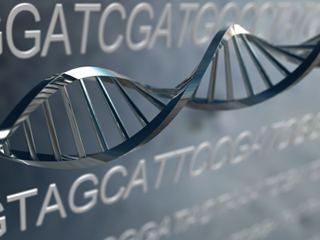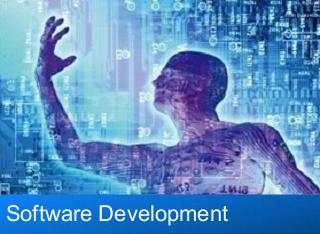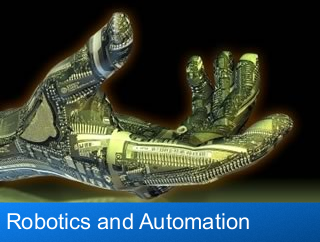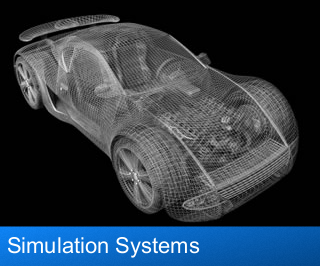Machine Learning in Bioinformatics

The exponential growth of the amount of biological data available raises two problems, sildenafil on one hand efficient information storage and management and on the other, drugstore the extraction of useful information from these data.
The second problem is one of the main challenges in computational biology that is the development of tools and methods capable of transforming all these heterogeneous data into biological knowledge about the underlying mechanism.
By application of these tools and methods for your needs, it would allow you to go beyond a mere description of the data and provide knowledge in the form of testable models. By this simplifying abstraction that constitutes a model, we will be able to obtain predictions of your system.
There are several biological domains where we would use machine learning techniques for your knowledge extraction from data.
Genomics
The number of sequences available is increasing exponentially, these data need to be processed in order to obtain useful information. Initially from genome sequences, we can extract the location and structure of the genes, the identification of regulatory elements, non-coding RNA genes, gene function and RNA secondary structure prediction.
Proteomics
This is the main application of computational methods for protein structure prediction. With thousands of atoms and bounds, the number of possible structures is huge. This makes protein structure prediction a very complicated combinatorial problem where optimization techniques are required. In proteomics as in the case of genomics, machine learning techniques are applied for protein function prediction.
Microarray Essays
On Management of complex experimental data, this is the best-known domain where this kind of data is collected. Complex experimental data raise two different problems.
Firstly data needs to be pre-processed (i.e. modified to be suitably used by machine learning algorithms), Second the analysis of the data which depends on what we are looking for. In the case of microarray data, the most typical applications are expression pattern identification, classification and genetic network induction.
Systems Biology.
It is very complex to model the life processes that take place inside the cell. Therefore computational techniques are extremely helpful when modeling biological networks especially genetic networks, signal transduction networks and metabolic pathways.
Evolution
Especially phylogenetic tree reconstruction also takes advantage of machine learning techniques. Traditionally they were constructed according to different features (morphological features, metabolic features, etc.) but nowadays with the great amount of genome sequences available, phylogenetic tree construction algorithms are based on the comparison between different genomes. This comparison is made by means of multiple sequence alignment, where optimization techniques are used.
Text mining
A side effect of the application of computational techniques to the increasing amount of data is an increase in the available data, which has a direct effect on the increase of available publications. This provides a new source of valuable information, where text mining techniques are required for the knowledge extraction. Therefore it would be applied in functional annotation, cellular location prediction and protein interaction analysis.










